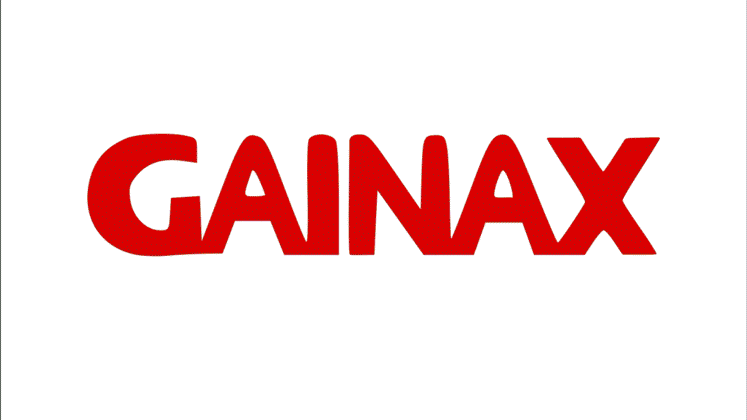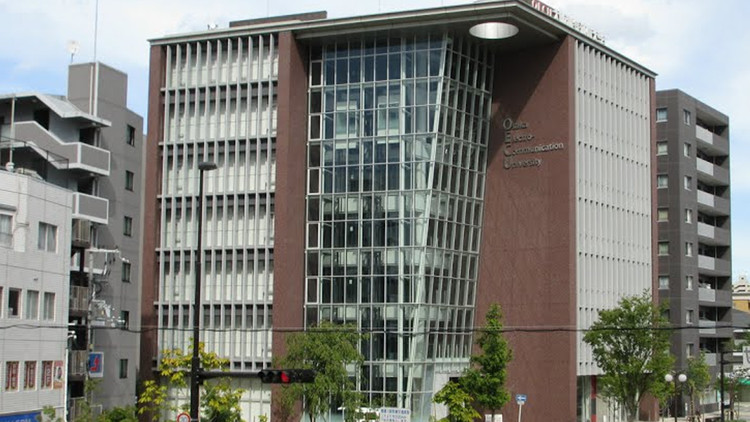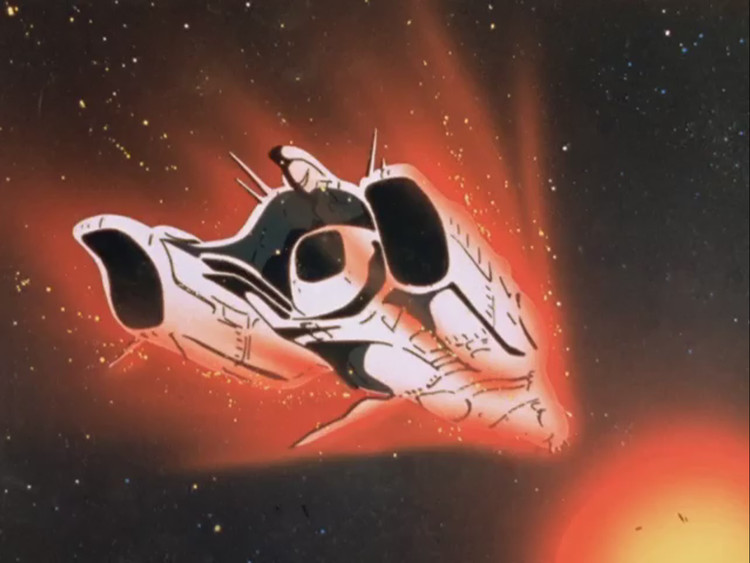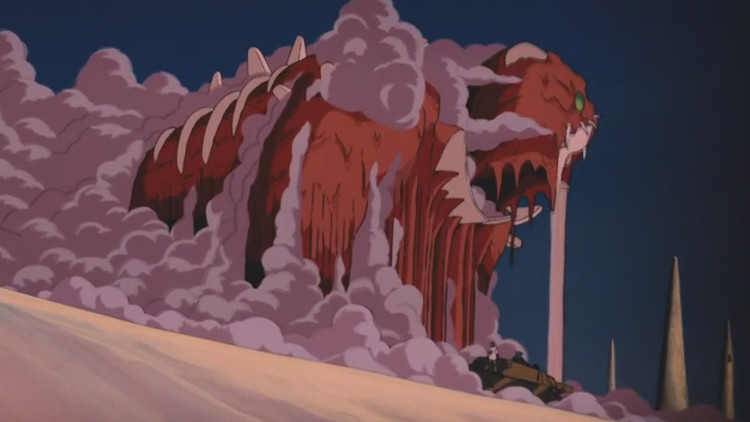The Indestructible Studio Gainax: Part I
by Callum May,There are few stories within anime production that are as exciting as the story of Studio GAINAX. Instead of the typical story of “Mr. Producer used to work at Company X, but he wanted to produce his own shows, so he started up Company Y”, there is no singular person responsible for the formation of GAINAX. Instead of an accomplished producer, this was a group of science fiction nerds. Instead of the decades of experience most studio founders have, they had a couple of short films. And instead of having large financial investments, they… didn't.

1978 - The Sci-Fi Nerd
To Toshio Okada, being an otaku isn't just about liking something, it's about seeking out further knowledge and having the self-awareness to describe exactly what the appeal of your hobby is. And so, it was never enough for Okada to just enjoy science fiction. He needed to explore and discuss it as well. In fact, this was the reason he joined Osaka Electro-Communication University to begin with. Not for the classes, but instead to join the university's science fiction club. Living on a monthly allowance from his parents, he decided to skip his classes entirely, opting to spend his time immersing himself in science fiction.

Osaka Electro-Communication University.
When Star Wars released in 1978 in Japan, he went with the members of the sci-fi club to its Osaka premiere. Hearing about the American cosplayers who dressed up as Luke Skywalker, Princess Leia and Darth Vader, they wanted to show the extent of Japanese cosplay and fandom. In Okada's case, he went as the character “Daimajin”, a giant stone statue of a samurai, inhabited by a spirit. Ironically, he [ended up being mistaken for Darth Vader](https://www.youtube.com/watch?v=Qlxm3hP7Sq8), despite this.
But the mecca for Osaka's science fiction fandom was DAICON. As a part of the annual Nihon SF Taikai conventions, the convention changes its name depending on the location. So if the convention takes place in Tokyo, it's referred to as TOKON and in the case of its third time in Osaka in 1981, it was known as DAICON III.
1981 - From Students to Professionals
It was at a sci-fi festival called Seto-Con in 1978 that Okada met fellow otaku, Yasuhiro Takeda from Kindai University and two years later, they decided to team up as organisers of the DAICON III convention. Takeda was to be the chairman for the convention and after meeting a crew from Osaka University of the Arts, they began production on an animated opening film for the convention.

Caption: The two producers cameo in the DAICON III opening film. Yasuhiro Takeda (left) and Toshio Okada (right).
The crew itself was made up of first year university students, Hideaki Anno, Hiroyuki Yamaga and Takami Akai (You should recognise at least one of those names). Together, they assembled at the Okada family factory, occupied an entire floor and began production on the very first work of the newly “established” DAICON FILM. Without the budget to purchase proper cels, the team instead purchased a sheet of vinyl and attempted to use it in animation.
It wasn't very successful. The paint peeled off and stuck onto the other vinyl cels when they were stacked. “But then again, it wasn't like we had any other options,” remarks Takeda. Having never worked on a cel animation before, the process was a learning experience for the whole staff. They didn't really plan anything beforehand either (This turned out to be a larger problem in years to come) and there was no real definitive roles. The staff just worked on everything together. But after eleven months of hard work, up to the very morning of the DAICON III convention, their very first animation was complete.
But the animation staff weren't done yet. After experiencing the thrill of working on an anime together, they properly established the independent studio, Daicon Film, whilst the organisers of the DAICON III convention immediately requested to hold another convention in Osaka in just two years. And thanks to the creators of Macross at Studio Nue, they didn't have to wait until 1983 to start animating again.
After having seen their work on DAICON III, the trio of animators (Anno, Yamaga and Akai) were asked to participate in Super Dimension Fortress Macross. The team travelled to Tokyo where they were put to work at Artland, the studio co-operating on production with Nue. Because of the specialist skills that they displayed working on DAICON III, the group was split to work with different parts of the production team.
Hideaki Anno worked with the mecha animators, Takami Akai worked with the character animation team and Hiroyuki Yamaga worked with the director himself, eventually being asked to direct the series’ ninth episode. This became a learning experience for the DAICON team. Except Akai. Due to the character animation director's advanced technique, he found himself unable to participate and headed back to Osaka to continue work at Daicon Film.
Studio Nue and Daicon Film had a lot in common at the time. Like DAICON, Studio Nue was also the result of a group of fellow sci-fi fans who went on to create animation. And as such, they reached out to more members of sci-fi college fanclubs, three of whom were Akai's old high school friends. Takeda looks back on this time as the first formation of GAINAX. Many of the connections rekindled whilst working on Macross became the building blocks for the upcoming anime studio.

Caption: An advertisement for General Products’ appearance at Worldcon 1984 in California.
Meanwhile back in Osaka, Okada and Takeda were working on a new business venture, a store named General Products. They weren't just anime fans, after all. It was initially Okada's idea to begin with, but since Takeda wasn't busy, he became dragged into it. The idea was that they would create a science fiction hobby store that not only sold merchandise, but licensed and created it as well.
Their focus was on making licensing deals with large companies and developing garage kits, successfully predicting the growth of the hobby over the coming decade. This was all referenced in Otaku no Video, a semi-autobiographical OVA produced at Studio GAINAX with the screenplay written by Okada himself. Upon opening, the store was greeted with a line of 200 excited fans and they sold out of stock on the first day. General Products releases were regarded as premium and exclusive products; they even produced merchandise for the Daicon Film releases.
1983 - Moving On From DAICON
Production of the DAICON IV opening film began in April of 1983. Having created tokusatsu (special effects live action) films throughout 1982 after the opening of General Products, this was the first animated film the studio had created since the DAICON III opening in 1981. However, now with the experience from working on Macross, they were prepared to go above and beyond their previous animated film. In fact, the staff at Macross wanted the Daicon Film team to stay and work on more episodes, but they insisted that they had to return to Osaka to work on DAICON IV.

With the DAICON III opening animation being such an iconic part of the convention, attendees already had high expectations for the film that would introduce DAICON IV. Sales of the video copy of DAICON III were also regarded as the reason the convention escaped bankruptcy. This time, the staff had production experience and worked as a proper animation studio.
They rented out a floor of an old building and set to work. Yasuhiro Takeda describes the conditions as a sweatshop, an apt description for a building with no air conditioning being rented out over the summer (Being near the equator, Japanese summers can get incredibly humid). What's more, the building they were renting was locked every night from 9pm to 9am. And so the majority of the staff would frequently be locked in the studio overnight.
DAICON IV Opening Film
But thanks to the main staff's new experience within animation production and the help of various creators whom they'd collaborated with on Macross, DAICON IV wasn't just a better product than its prequel, but it was produced in less time as well. Whilst they weren't able to create their original story idea, they instead opted for something action packed and exciting. With more stunning moments of animation, better direction and more use of copyrighted characters (which made it very difficult to release later on), DAICON IV instantly became one of the iconic animated films of the 1980s.
But what was next for Daicon Film? Hideaki Anno had already moved to Tokyo by this point after getting expelled for not paying his tuition (Not that he attended classes anyways) and much of the rest of the staff had already dropped out by this point. With no new animated projects in sight, Daicon Film buried themselves in new tokusatsu productions whilst Okada and Takeda continued working at General Products, eventually splitting off from Okada's family company to become independent.
Meanwhile, 500km away in Tokyo, Hideaki Anno was diving headfirst into the anime industry. More specifically: Ghibli. Being hired by Hayao Miyazaki himself, Anno was given the role of key animator for their film, Nausicaä of the Valley of the Wind. Spending nights at the studio, he worked on the climax of the film, creating the scenes featuring the God Warrior as it steams and drips. During production, Miyazaki had given Anno his moped so as to be able to travel around Tokyo and their friendship became the basis for collaborations even in 2017. But Anno wasn't there just to work at Ghibli and was soon being invited to work on Macross SDF: Do You Remember Love?, the theatrical version of the TV series that Anno had gotten his start in the anime industry from.
Back in Osaka, Okada and Yamaga were working on a new plan. They were still attached to the original idea they'd developed for DAICON IV and decided they wanted to see it realised as an OVA. They'd kept it to themselves for a while, but by the end of 1984, they decided that they wanted to create a proper animation production company in Tokyo. Using funds from their General Products store as a starting investment, they formed a company and invited a previous Tezuka Productions producer who they knew from sci-fi fandom to help them run it professionally. And so, with plans for a brand new anime, Studio GAINAX was formed on December 24th, 1984.
Stay tuned for Part 2 where GAINAX starts its first anime, discovers what it means to have a production disaster and falls out with their president.
discuss this in the forum (19 posts) |

